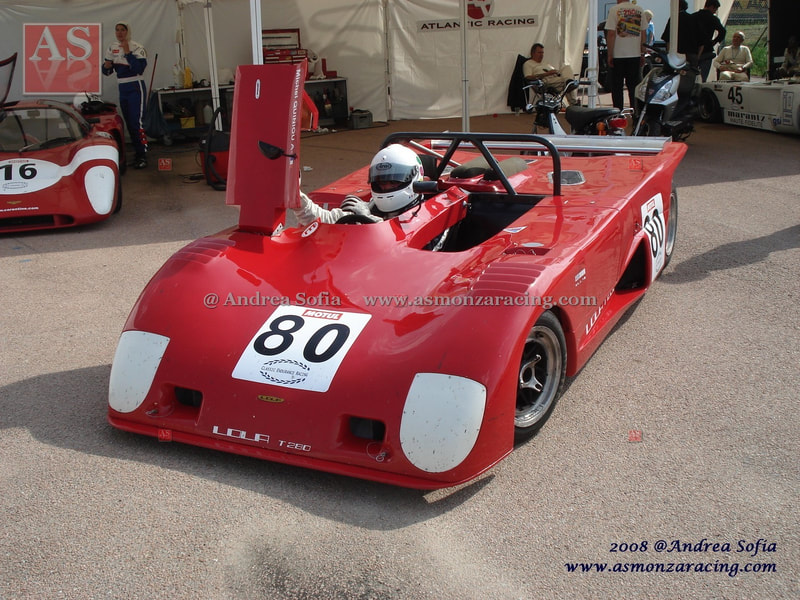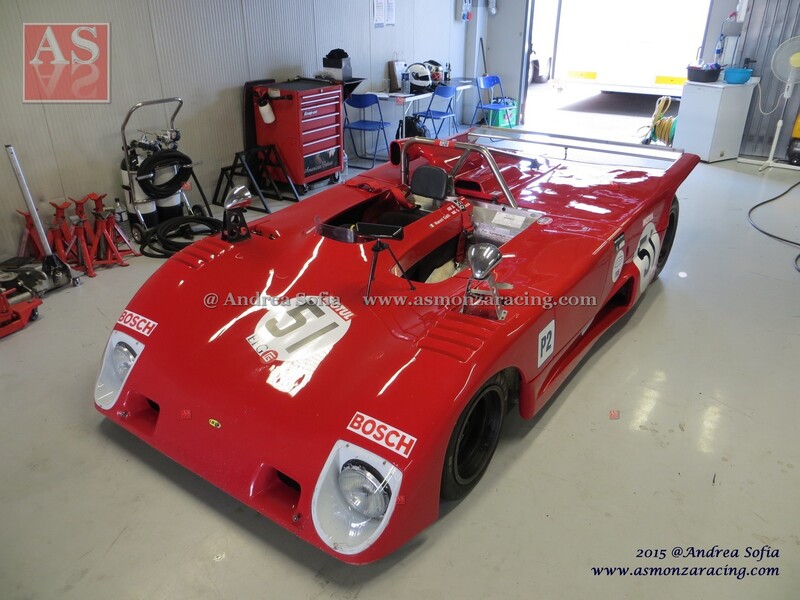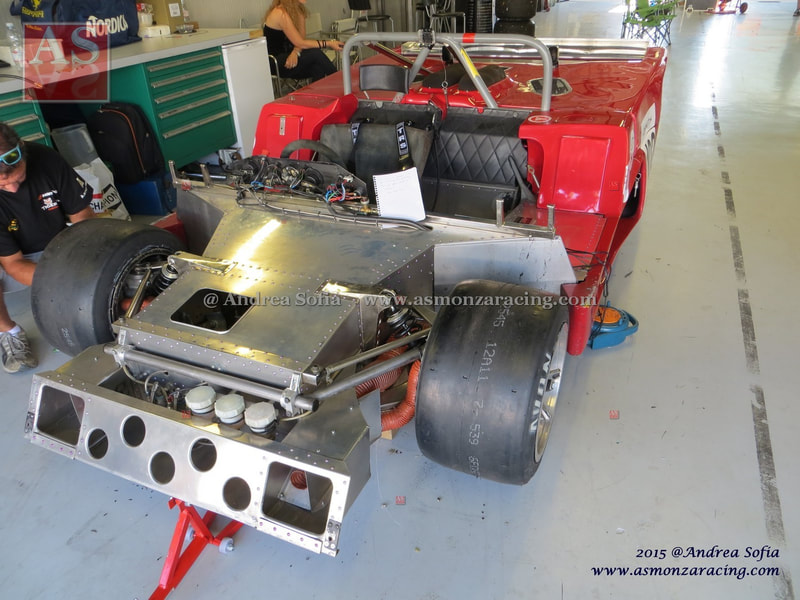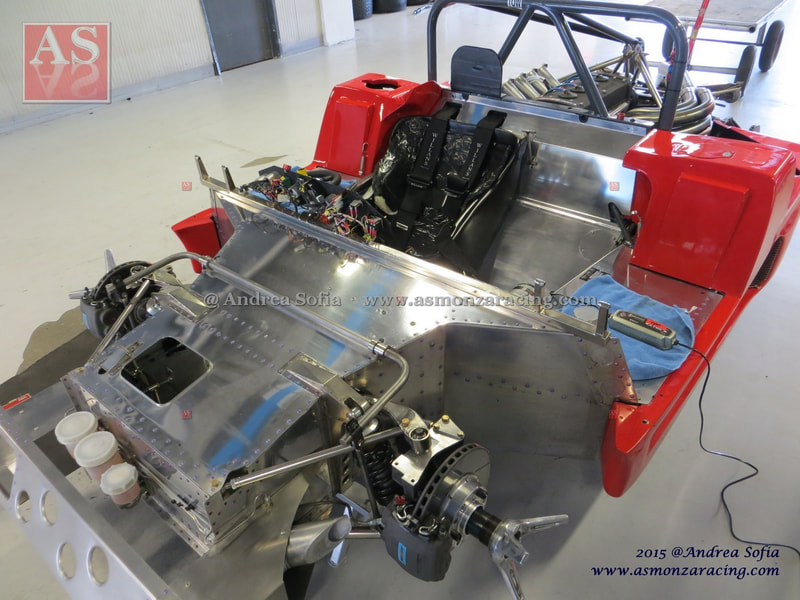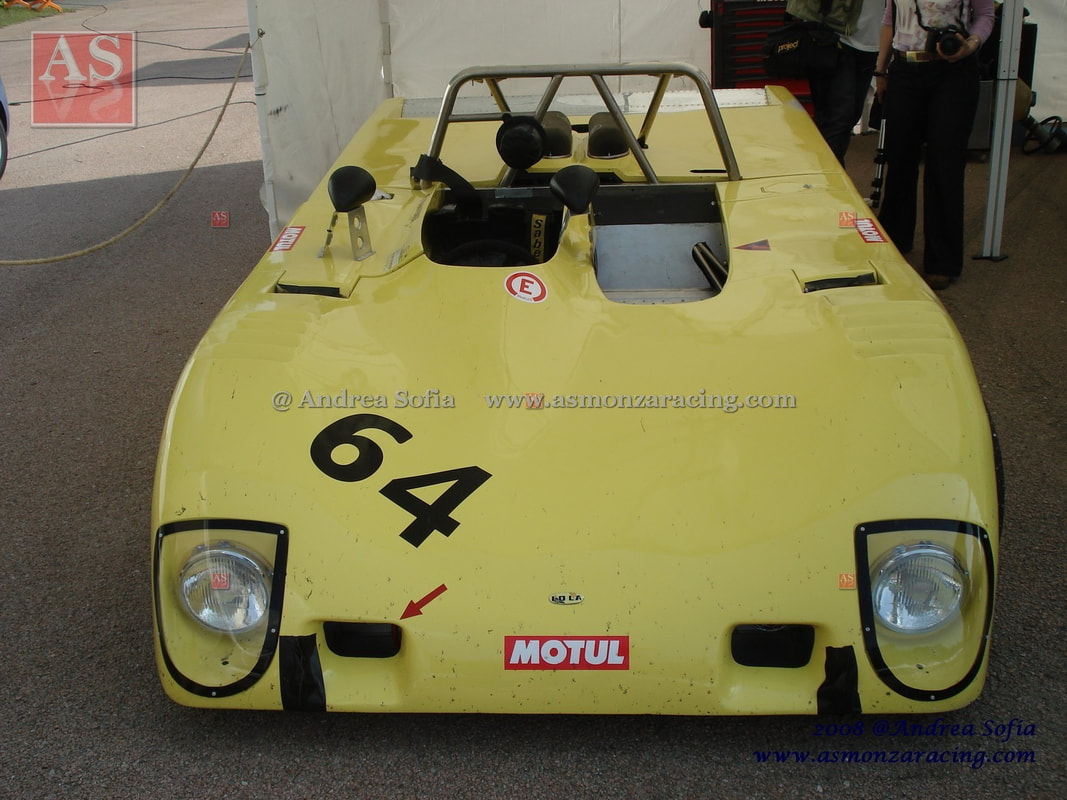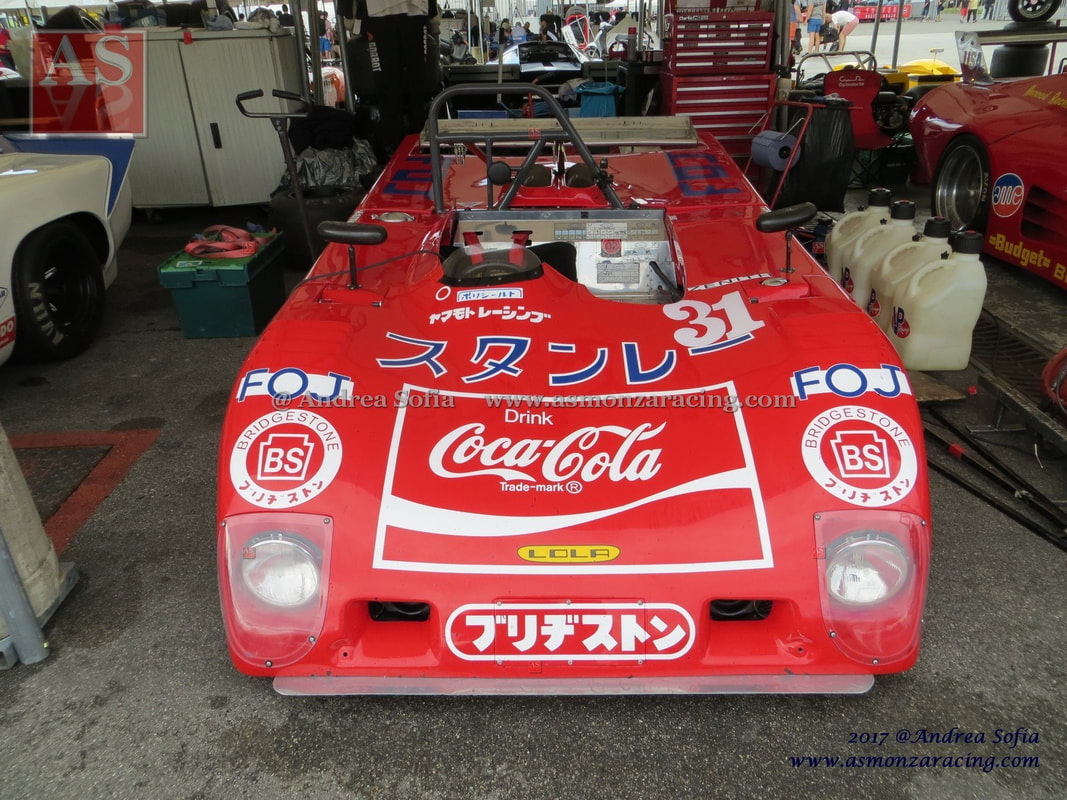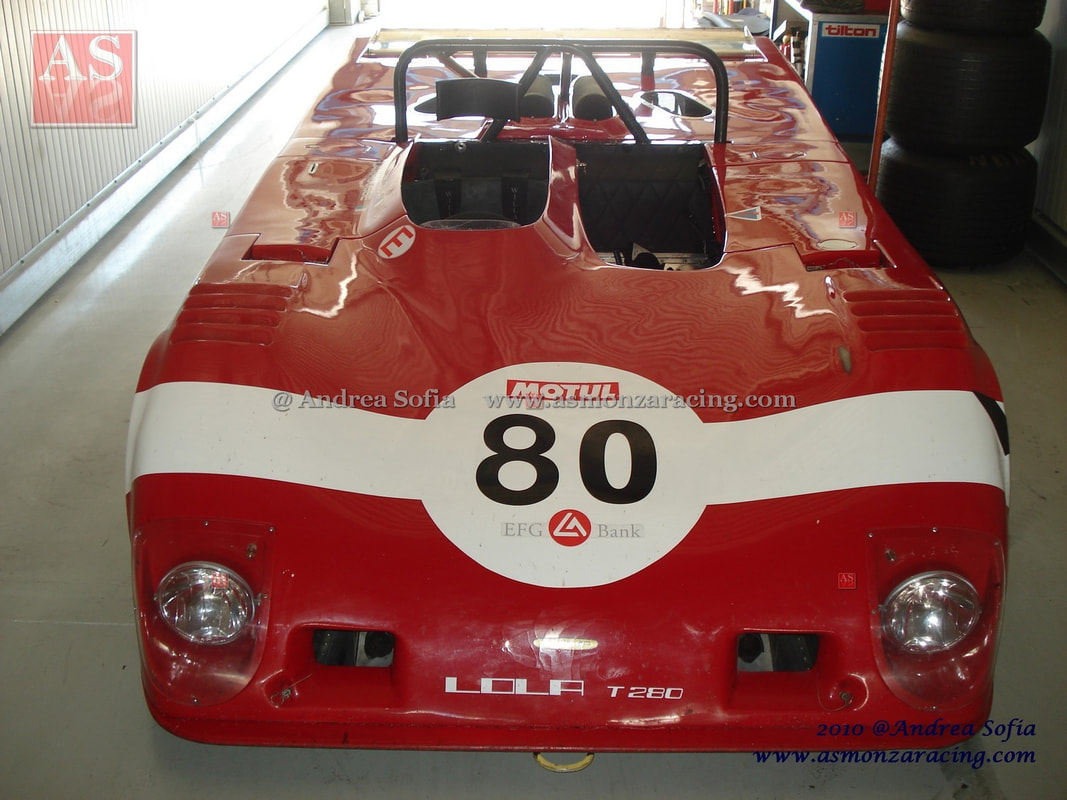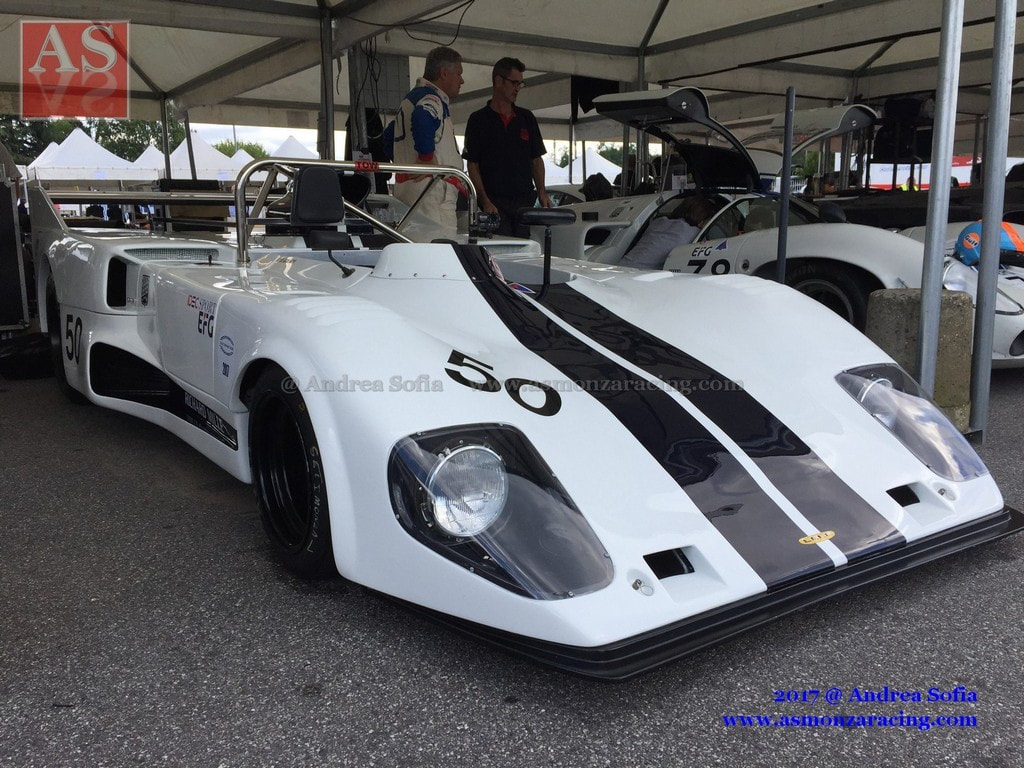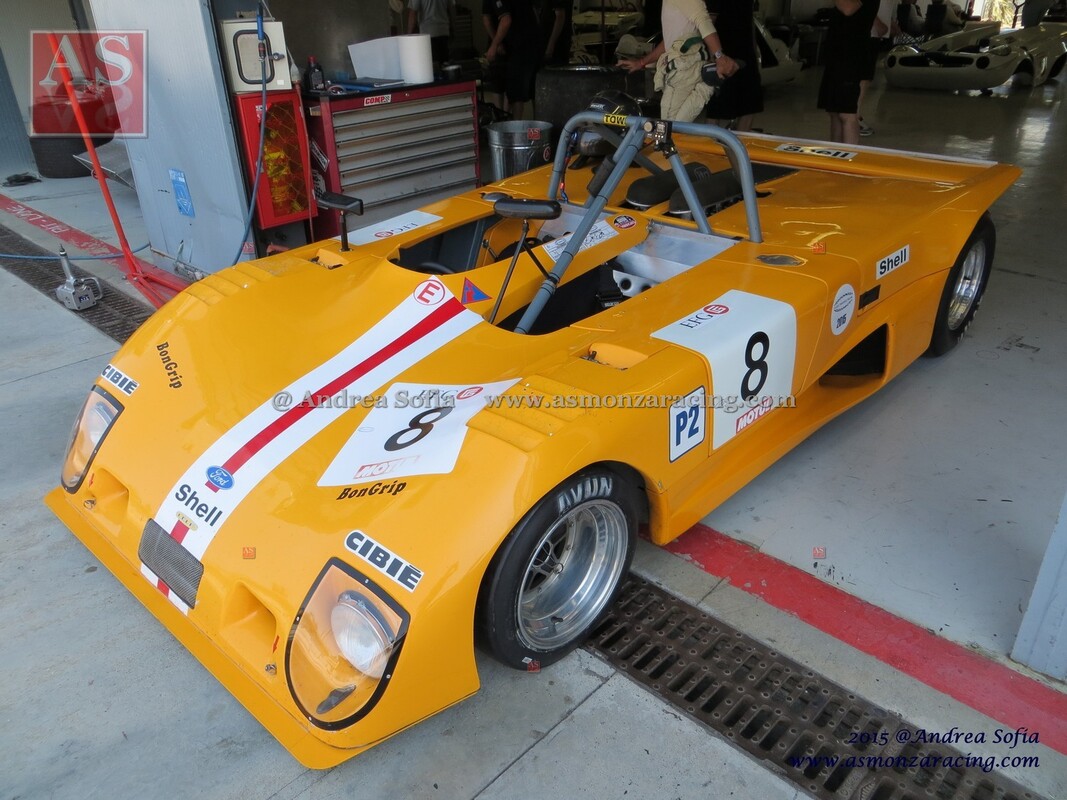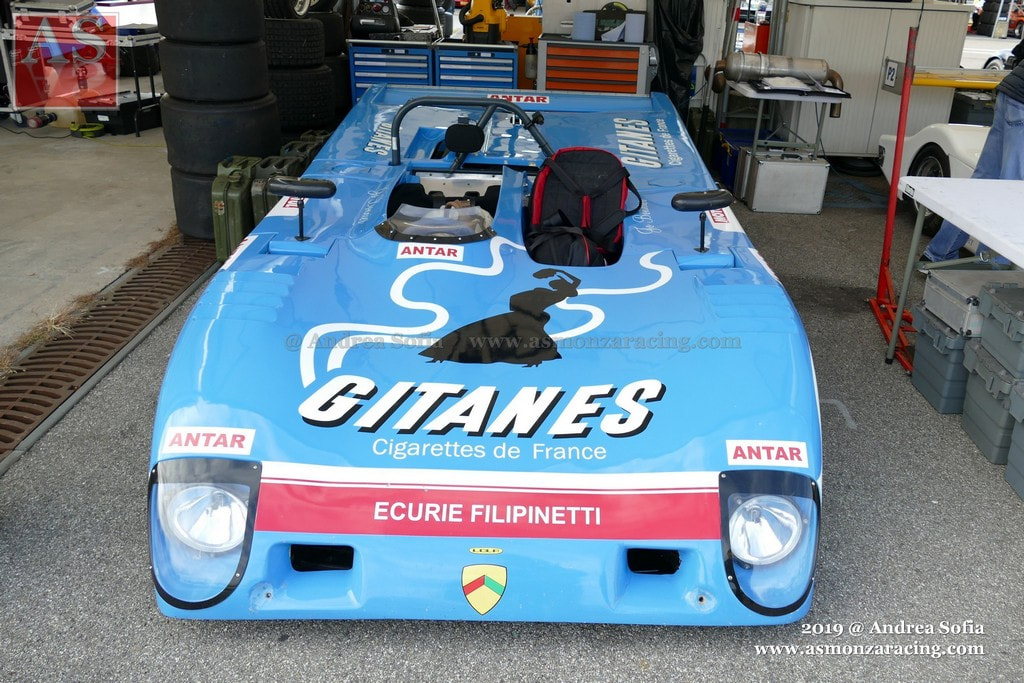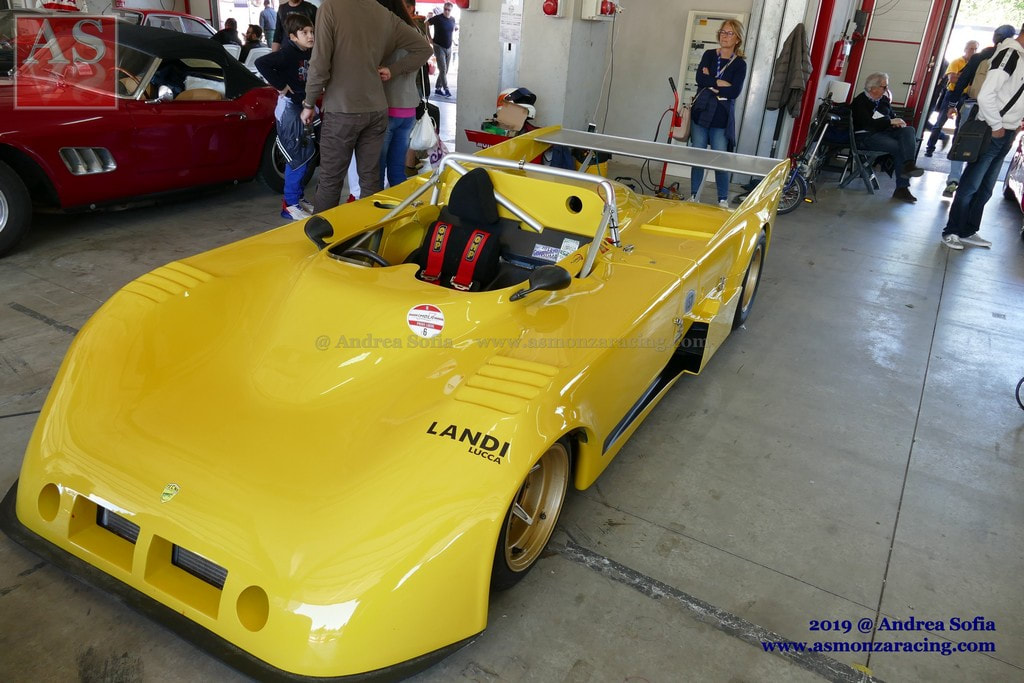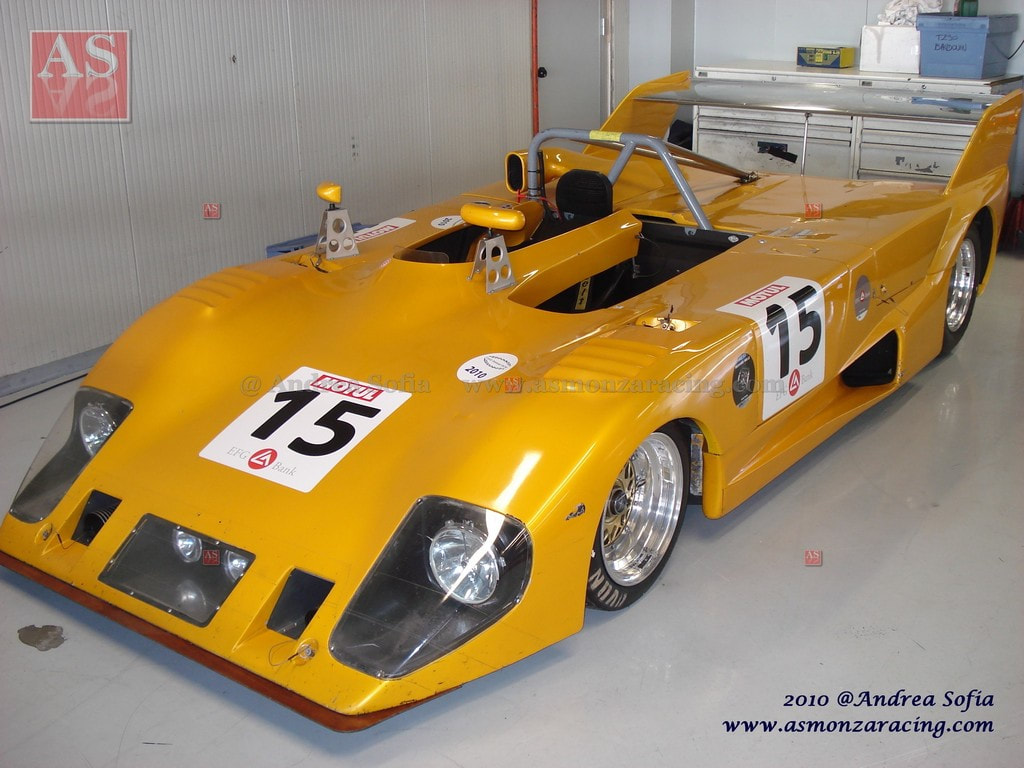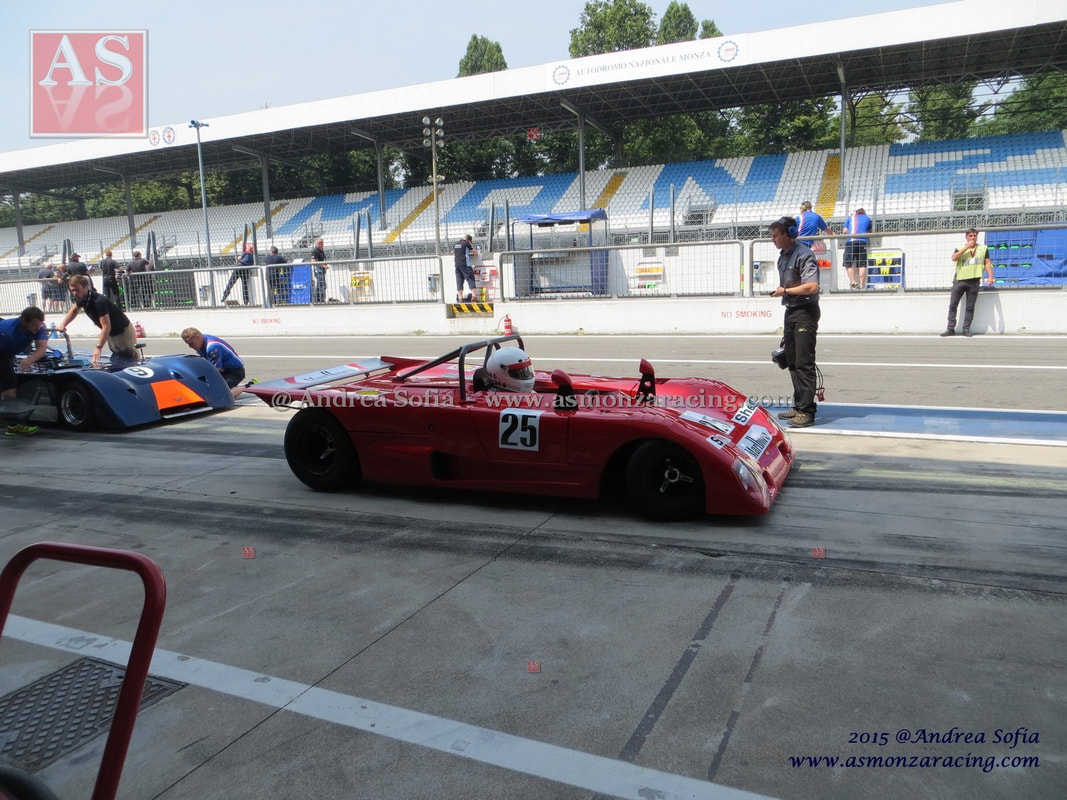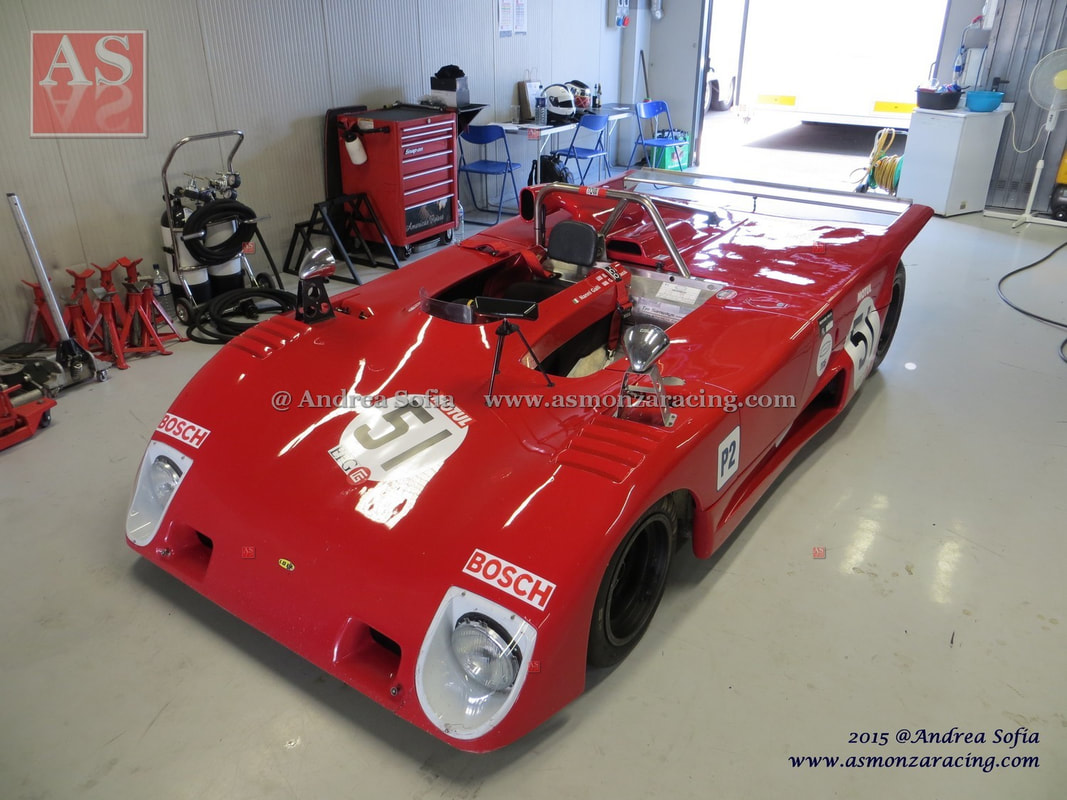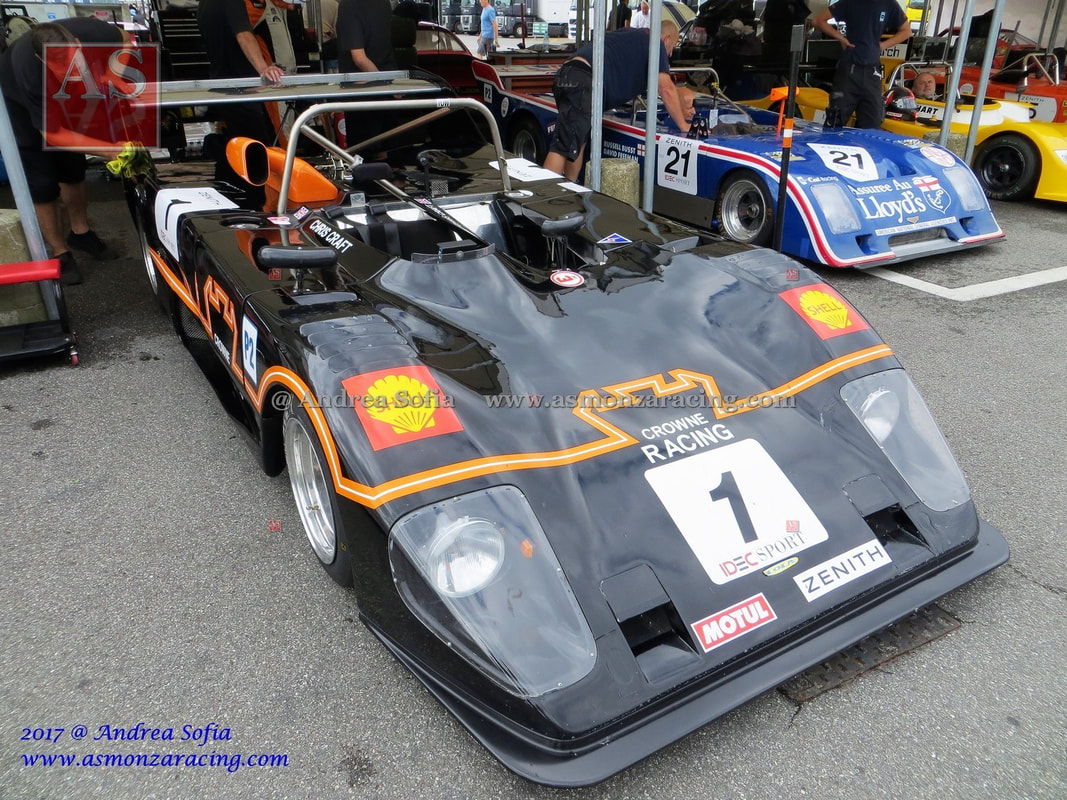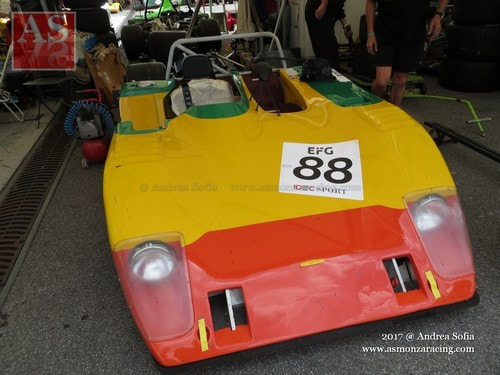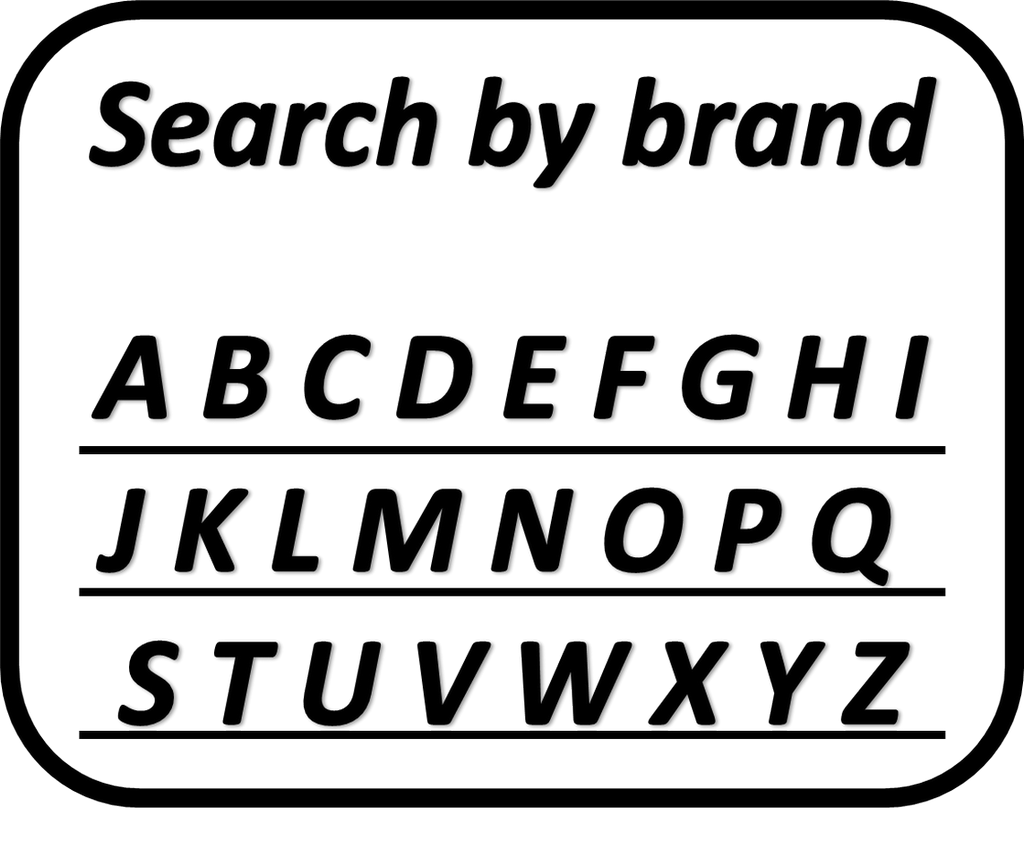Lola T280 / T290 - 1972
Lola T280
Lola T286

34 cars were assembled of the 2-liter version, most of them equipped with the Ford Cosworth FVC 4-cylinder engine or with the more powerful but less reliable Chevrolet Vega EA Cosworth. In some cases the T290 was equipped with the Ford Cosworth DFV V8, effectively becoming a T280. The Lola T290 was very successful but failed in 1972 to win the European Sports Car Championship that went to Arturo Merzario with the Abarth, mainly due to the poor reliability of the Chevrolet Vega engine.
In 1973 the T280 / T290 were developed in T282 / T292 with aerodynamic improvements. The only T282 built, the frame # HU06 was used by Scuderia Filipinetti for Jean-Louis Lafosse and then by the Scuderia Jolly Club. The 1973 saw again a Lola win the European Sports Car Championship with the T292 # HU55 by Chris Craft. |

Della versione 2 litri vennero assemblate 34 vetture per la maggior parte equipaggiate con il motore 4 cilindri Ford Cosworth FVC o con il più potente ma meno affidabile Chevrolet Vega EA Cosworth. In taluni casi la T290 venne equipaggiata con il V8 Ford Cosworth DFV, diventando di fatto una T280. La Lola T290 ebbe molto successo ma non riuscì nel 1972 a vincere il campionato europeo sport che andò ad Arturo Merzario con la Abarth, soprattutto a causa della scarsa affidabilità del propulsore Chevrolet Vega.
Nel 1973 le T280/T290 furono sviluppate in T282/T292 con migliorie di carattere aerodinamico. L’unica T282 costruita, il telaio #HU06 fu utilizzata della Scuderia Filipinetti per Jean-Louis Lafosse e poi dalla Scuderia Jolly Club. Il 1973 vide ancora una Lola vincere il campionato europeo sport con la T292 #HU55 di Chris Craft. |
Lola T290
Lola T292
Links:


